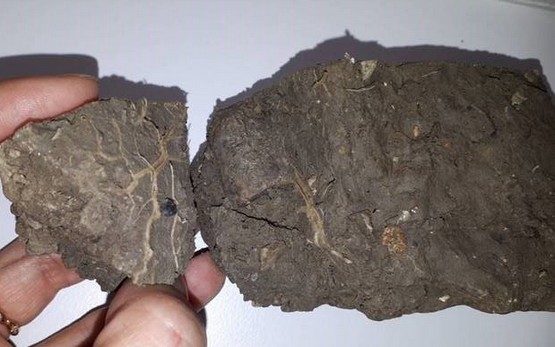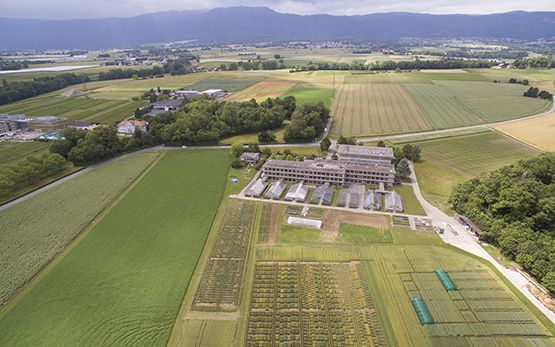Severe subsoil compaction can occur during construction due to heavy construction machinery or storage of excavation material. This has consequences on many soil functions such as water storage and purification capacity, water and nutrient uptake by plants, etc. The consequences of subsoil compaction are known but the means and time for recovery are not well documented. Subsoil recovery is sometimes even considered unreachable at human scale.

A video gives a brief explanation of the problem of compacted subsoils and introduces the ROCSUB Project which studies different ways of regenerating a severely compacted subsoil.
The ROCSUB project experiments started in 2020 and they take place during at least 6 years on a field in western Switzerland with loamy texture. The subsoil was severely compacted by a heavy pile of excavation material. Compaction occurred directly on the subsoil, after topsoil removal. Visible signs of compaction have been detected up to 70 cm depth.
The experiment is designed along three mechanical axes (compacted, mechanically loosened, control) and three vegetation axes (permanent grass, crop, willow trees) with four replication of each combination, resulting in 36 plots. The mechanical loosening has been performed with an excavator. Willow trees were selected as the most promising bioengineering method for restoring the subsoil structure.
Following properties are monitored or sampled on a yearly basis: soil moisture via TDR probe, yield, plant biomass and physiology, soil structure properties including bulk density, air capacity, water holding capacity, air permeability. The soil structure evolution is also assessed via X-ray computed tomography.
We expect plants of the compacted plots to suffer most during extreme weather conditions (dry or wet). The mechanically loosened treatment is expected to recover drainage function rapidly while water holding capacity should take more time. The combination of mechanical loosening and willow tree is expected to recover most subsoil functions fastest.
Thanks to the ROCSUB project, new insights will be gained in bioengineering techniques for recovering compacted subsoils and the time needed for this recovery.
Contacts
Further Information






